I am still trying my hand at different medieval crafts. So I came across Nålebinding or needle binding. Needle binding is the precursor of knitting & crocheting. With knitting & crocheting you are using loops to form a fabric. With needle binding on the other hand you are using more or less complicated knots. For this you need wool – preferably on the chunky side and felt-able – and a blunt wooden or bone needle. You can carve your own from ice cream sticks. Or you can use a darning needle in the beginning. If you want them especially pretty and durable you can order them from Wild Style Works: https://wsw-tools.at/de/nadeln/
Needle binding has a few benefits over knitting or crocheting: You only have to take care of one needle (I am already unable to cope with the two needles from knitting 😉 ), the fabric won’t unravel if you loose a loop and you get a very durable fabric that won’t unravel if it gets a hole. Very useful for socks.
The big drawback is, that it is very slow. You only work with a short lenghth of wool instead of the whole ball of wool, so you have to felt on a new piece regularly. And you pull the whole piece of wool though the loop instead of just a few millimeters for a loop.
I am having a lot of fun with needle binding anyway and it is a good activity while watching TV. Since I failed with spinning yarn and was never very fascinated by tablet weaving, I think I found my craft with needle binding.
My first project was socks for myself. The pictures show the technique with a finger heel and in the PDF you can find a more detailed description (with thanks to our needle binding expert Mendy): Nadelgebundene Socken By Mendy (sorry, only German)
My other projects were several pairs of socks and currently new gloves for myself. In the pictures you can see my different needles. the light ones on the right are made from ice cream sticks and the ones on the left are from Philip from Wild Style Works carved from beautiful hardwood.
For my projects I decided to use native sheep wool. The beige (slightly reddish) wool is from the Coburg Fox Sheep and the brown wool is from the Jura Sheep. You can get both from Finkhof: https://finkhof.de/wolle/wollgarne/
If you want it less scratchy you can also use Merino wool. It is usually available in all colours and even plant dyed, for example from Färbehof: https://www.faerbehof.de/strickwolle/
And if you want to be more nordic, for example for a viking portrayal, iceland sheep wool is recommended (it’s not scratchy either). You can get it here: https://www.islandwolle-shop.de/islandwolle/
Basically the imagination is the only limit to the wool selection. You can also use several colours. For example striped or curled.
And last but not least a book with detailed picture tutorials for getting starten with needle binding: Nadelbinden – Was ist den das?
Sorry, most links in this post are for German websites. But it should be easy enough to find equivalents in your language and country.









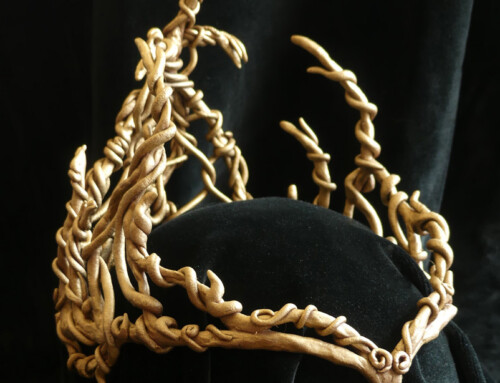
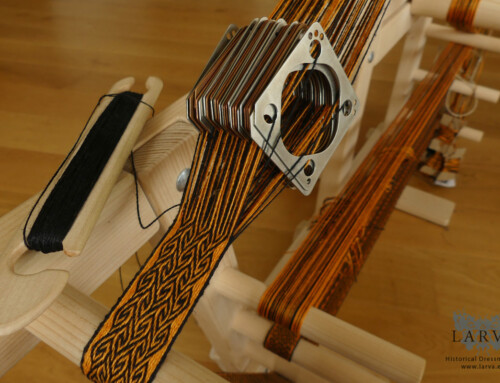
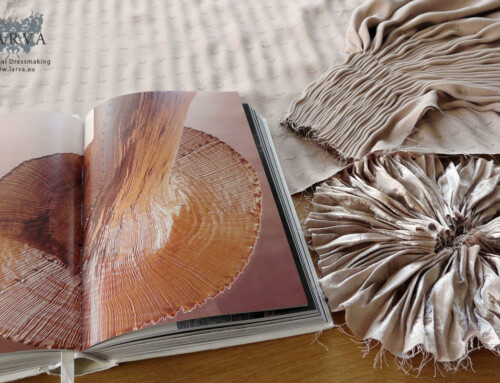
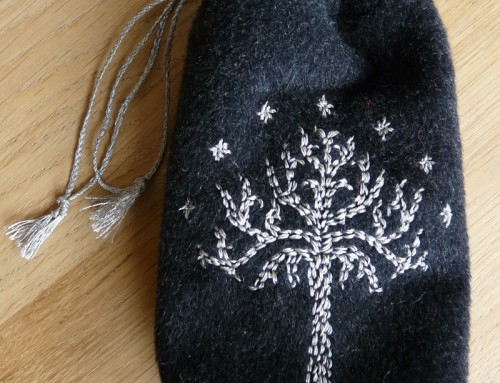
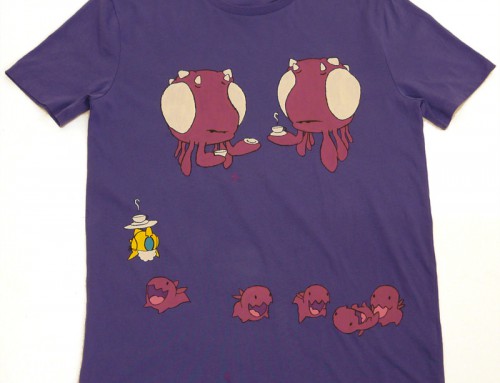
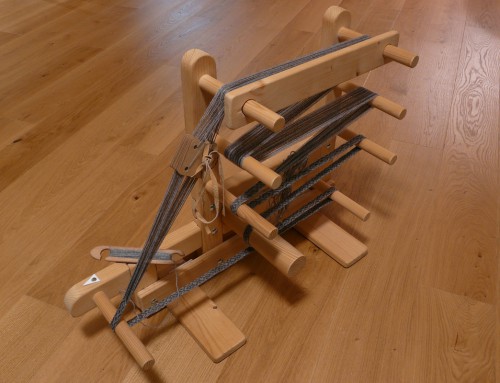
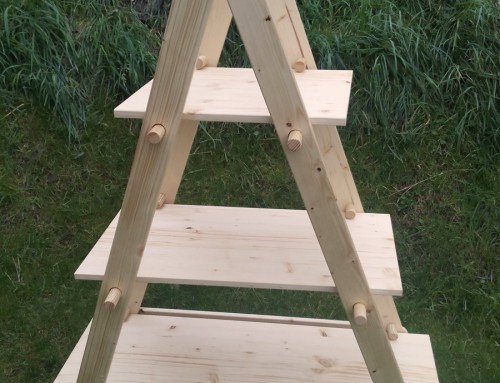

This book I found on amazon here in US-
Ulrike Claßen-Büttner
Nalbinding – What in the World Is That?: History and Technique of an Almost Forgotten Handicraft
It’s the same book but in English, I do believe. Thank you so much for posting this article! I hope this book will help me understand this so I can complete my Viking persona accurately!❤️
I’m glad I could help. Great that you could find an English version of the book. 🙂